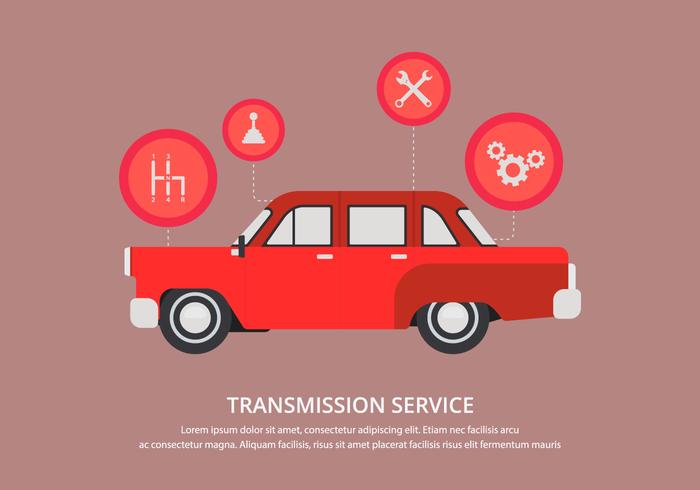Comprehending Your Auto'S Warning Lighting: What Do They Really Mean?
Comprehending Your Auto'S Warning Lighting: What Do They Really Mean?
Blog Article
https://ecu-tuning-near-me16283.fare-blog.com/32240213/exactly-how-to-pick-the-right-vehicle-explaining-service-for-your-requirements Written By-Hartley Kejser
When you lag the wheel, those glowing caution lights on your dashboard can be a little bit perplexing. Do you recognize what they're attempting to tell you about your car's health? Understanding the value of these lights is crucial for your safety and security and the long life of your lorry. So, the following time one of those lights pops up, wouldn't you wish to understand its message accurately and take the needed steps to resolve it?
Common Warning Lighting and Interpretations
Determine common caution lights in your car and recognize their significances to make certain risk-free driving.
The most regular caution lights include the check engine light, which signals concerns with the engine or discharges system. If this light begins, it's essential to have your automobile checked immediately.
The oil pressure warning light shows low oil stress, calling for immediate interest to avoid engine damage.
A blinking battery light could recommend a damaged billing system, possibly leaving you stranded if not resolved.
The tire pressure surveillance system (TPMS) light alerts you to low tire stress, influencing vehicle stability and fuel efficiency. Overlooking this can bring about unsafe driving conditions.
The abdominal light suggests an issue with the anti-lock stopping system, compromising your capacity to stop promptly in emergency situations.
Finally, https://air-lift-performance-kits95062.liberty-blog.com/32222900/amazingly-convenient-mobile-car-outlining-solutions-not-just-conserve-you-time-and-money-yet-likewise-enhance-your-car-s-long-life-find-exactly-how-they-can-transform-your-routine warning light warns of engine overheating, which can lead to serious damages if not fixed quickly.
Comprehending these typical caution lights will help you resolve problems quickly and maintain risk-free driving conditions.
Relevance of Prompt Focus
Understanding the common warning lights in your automobile is just the primary step; the importance of quickly dealing with these warnings can't be stressed sufficient to guarantee your security on the road.
When a warning light brightens on your dashboard, it's your car's method of connecting a possible concern that needs focus. Ignoring these warnings can bring about extra extreme issues down the road, endangering your safety and security and possibly costing you a lot more out of commission.
Prompt interest to alerting lights can protect against malfunctions and mishaps. For example, a flashing check engine light might suggest a misfire that, if left ignored, can cause damages to the catalytic converter. Resolving this immediately can save you from a costly repair.
Similarly, a brake system alerting light might signal low brake liquid or worn brake pads, essential components for your safety when driving.
DIY Troubleshooting Tips
If you see a warning light on your control panel, there are a few do it yourself fixing ideas you can try before seeking expert help.
clicking here is to consult your vehicle's manual to comprehend what the certain warning light shows. Sometimes the concern can be as straightforward as a loose gas cap setting off the check engine light. Tightening up the gas cap might resolve the problem.
An additional usual problem is a reduced battery, which can cause various advising lights. Inspecting the battery links for corrosion and guaranteeing they're protected might take care of the issue.
If a caution light lingers, you can try resetting it by separating the automobile's battery for a few mins and after that reconnecting it. Additionally, examining your automobile's fluid levels, such as oil, coolant, and brake fluid, can assist repair warning lights connected to these systems.
Conclusion
Finally, recognizing your vehicle's caution lights is vital for maintaining your automobile running smoothly and safely. By without delay addressing these alerts and recognizing what they indicate, you can prevent expensive repair work and prospective malfunctions.
Remember to consult your auto's handbook for particular information on each advising light and do something about it accordingly to make sure a trouble-free driving experience.
Stay informed, remain risk-free when driving!
